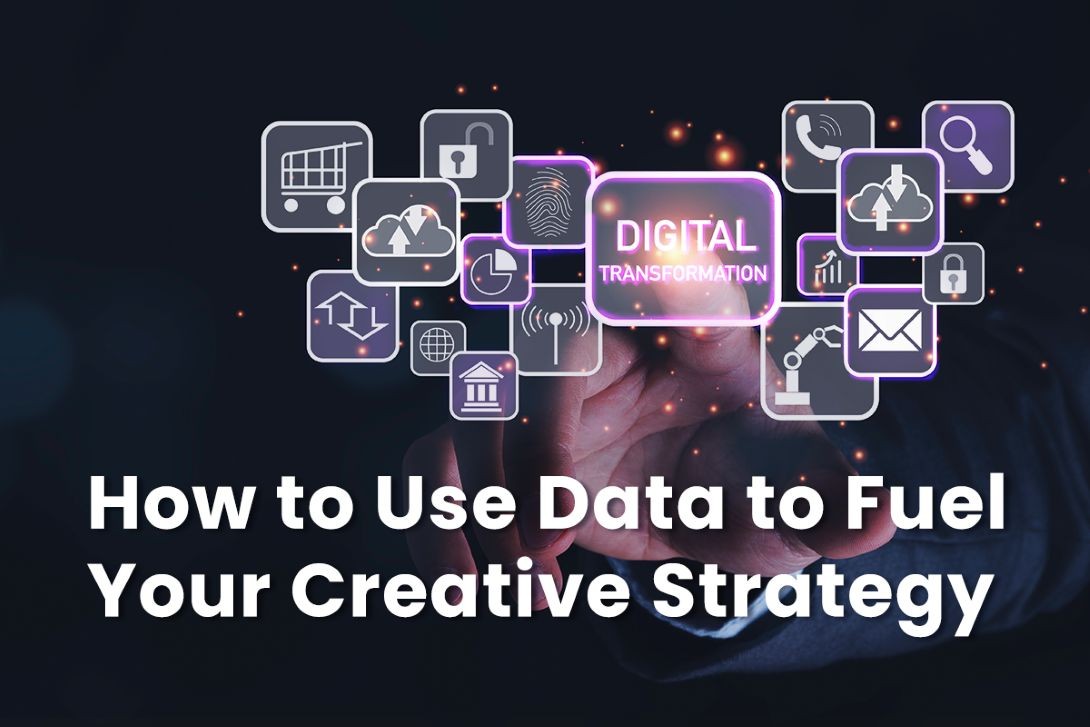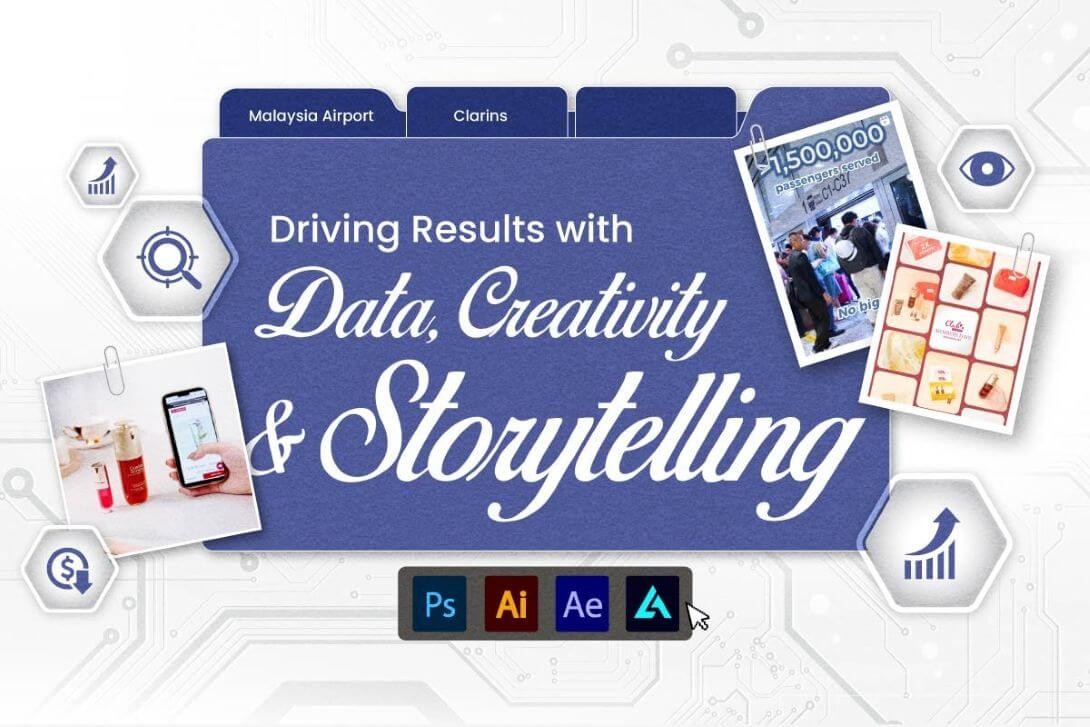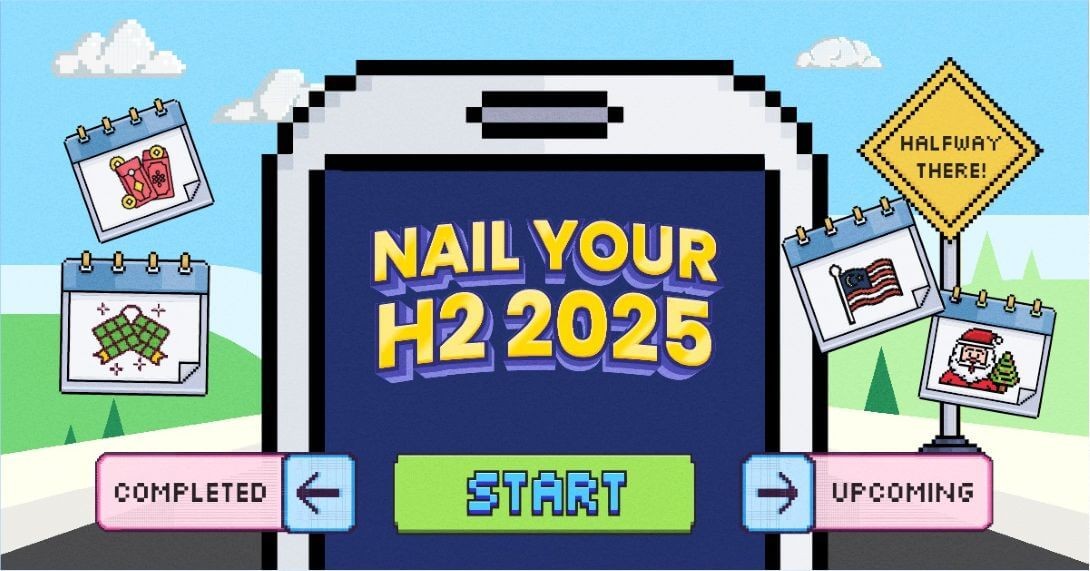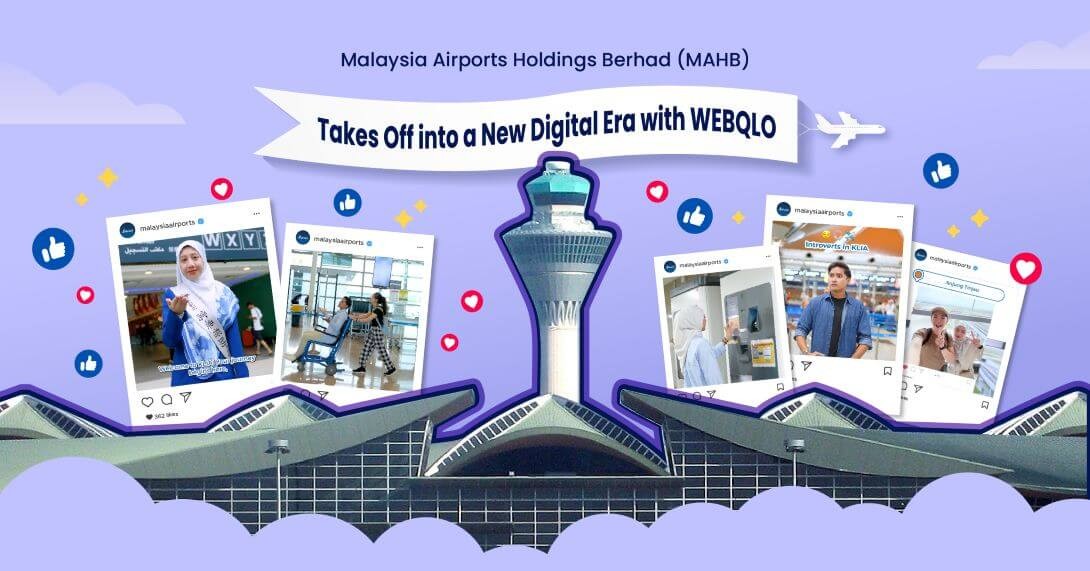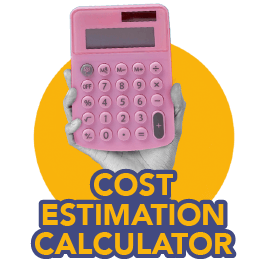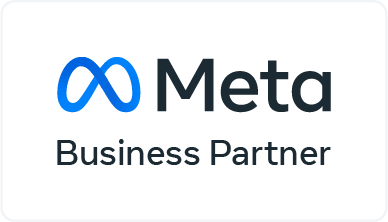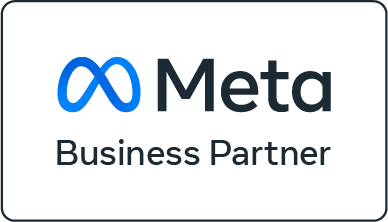Big data. Analytics. Data science.
These are the buzzwords that are being thrown around digital marketing these days, but they’re far more than just a trend or marketing jargon. Data is the backbone of any strong marketing or creative strategy. Making sense of data helps you navigate the modern consumer journey, from knowing where your users come from, their behaviours, how they interact with your content, what resonates with them, and so much more.
By using data to understand your users, you’re then able to make more insightful decisions when crafting a creative strategy. Data is your most valuable marketing resource, and a marketer’s challenge is to utilise this data effectively. Let’s explore some of the ways that we use data to our advantage.
1. Forming Insights
Great advertising cannot exist without insights. Insights are the foundation of any marketing strategy because they help land your story with the right audience and connect with them on a deeper level. Take the Always #LikeAGirl, for instance. The marketing team found that during puberty, girls’ self-esteem scores drop twice as much compared to boys’. Thus, many girls quit sports at puberty due to a crisis in confidence that stemmed from gender stereotypes.1
With this insight, the team at Always were able to come up with the #LikeAGirl campaign, reclaiming an age-old insult and turning it into a bold statement of female empowerment. The #LikeAGirl campaign received an overwhelming positive response and went viral globally, showing what can be achieved when consumer insights are used to craft a meaningful story that resonates.
.png)


2. Creating Personalised Experiences
Spotify takes the lead in this category with their annual Spotify Wrapped campaign. Believing that data should be used to serve their audience, Spotify shows how statistical data can be used to create personalised experiences for their users.2 Creating an experience that’s tailored to your audience’s interests and emotional needs allows your brand to remain relevant and authentic. In 2019, over 60 million Spotify users engaged with Spotify Wrapped, with Wrapped playlists generating close to 3 billion streams!3

3. Data Storytelling
What are the stories you can tell from your data? With data-driven storytelling, we’re able to craft a meaningful story that’s supported by facts.4 Using our very own social listening tool, Adqlo, we found out how Malaysians felt towards vaccines and looked at the reasons why some were hesitant to get vaccinated. With these insights, we can better understand why people think this way and develop better strategies to combat vaccine hesitancy.

Another way we used data to craft an engaging narrative was to dive deeper into the BTS and McDonald’s collaboration. As anticipated, the McDonald’s BTS meal took off, but what were people really saying about it on social media? While Malaysia sold 6 times more BTS meals than anticipated, there were negative sentiments, citing that the food was overrated. Our post created a healthy discussion on this collaboration, as well as received over 600 shares and reached 175,000 people.
Why Data and Creativity Make a Good Match
With a data-driven creative strategy, we’re able to form meaningful human connections, whether it’s connecting with your audiences, finding out what they need, creating personalised experiences, or crafting a narrative that resonates with them.
Interested to see how you can use data for your own digital marketing strategy?
